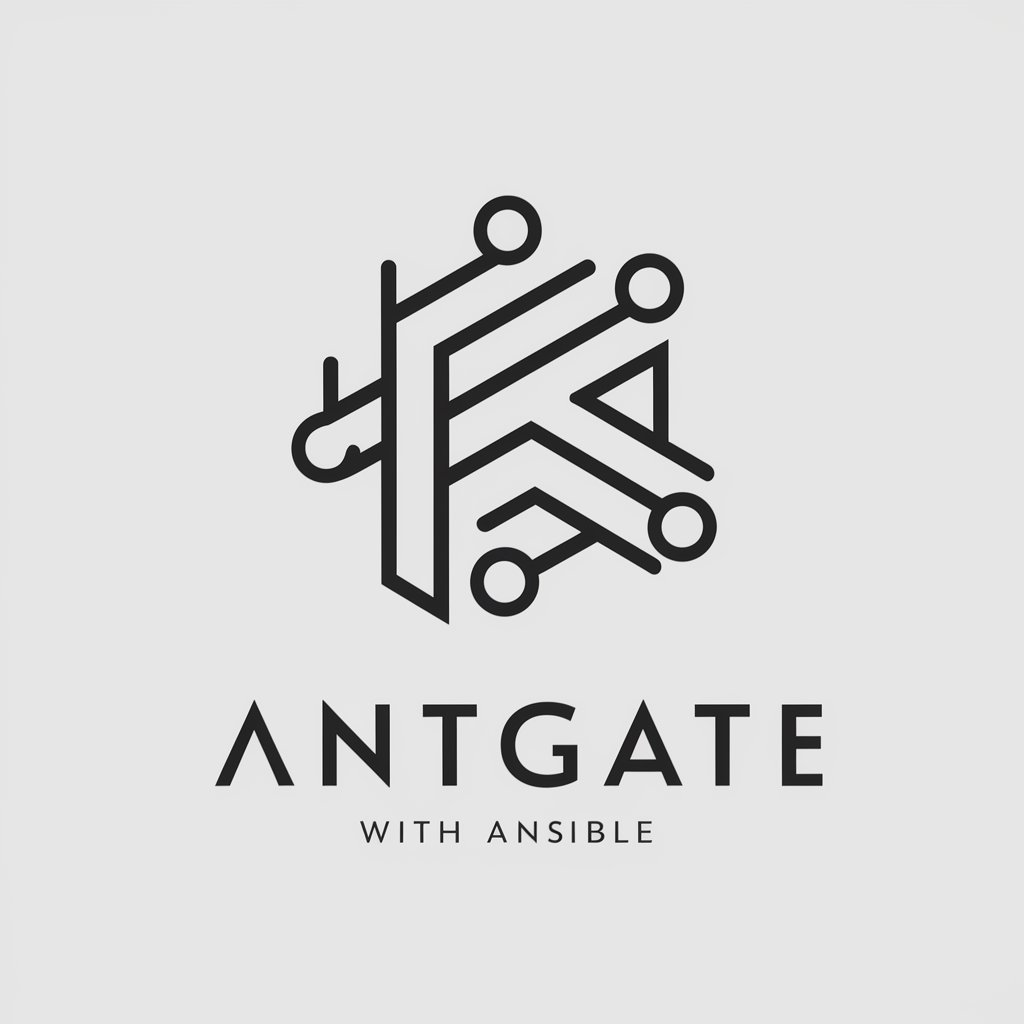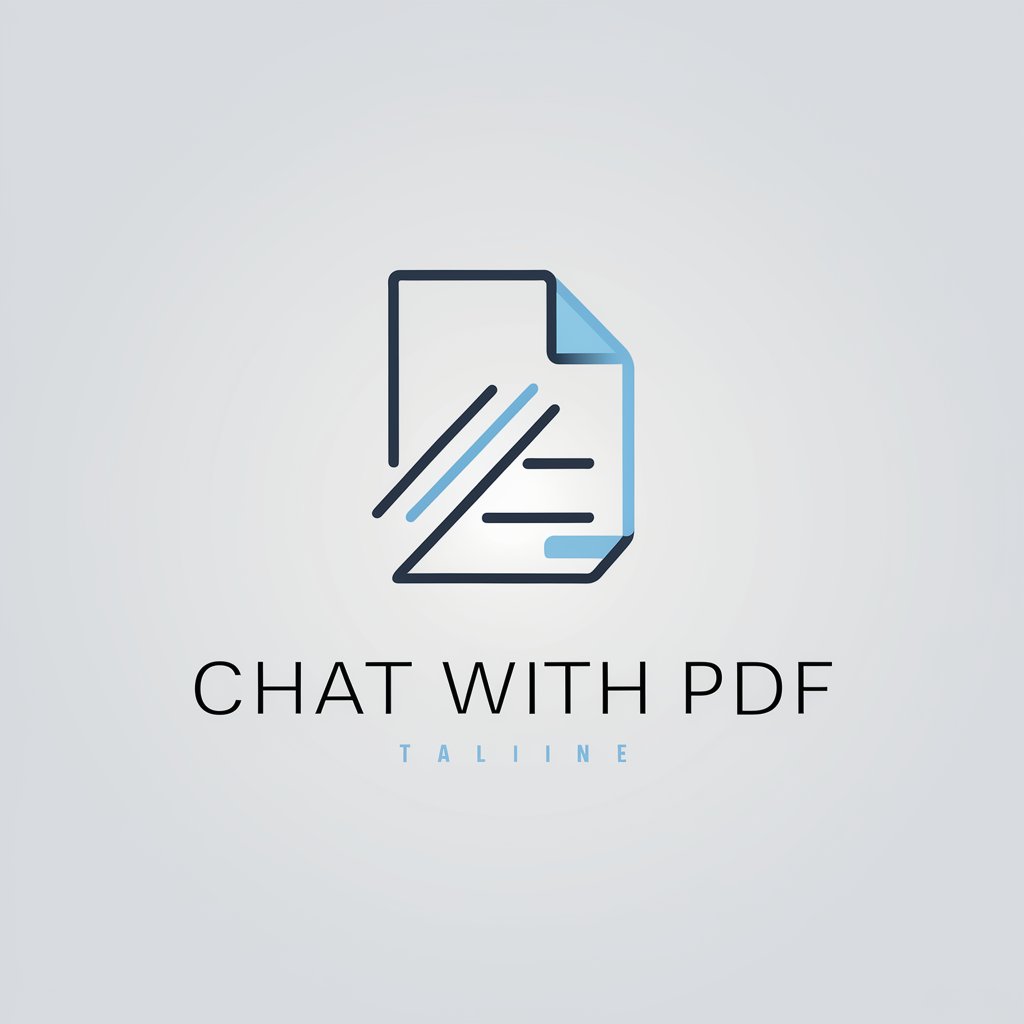TNSR - Netgate with Ansible - Ansible-TNSR Integration

Hello! Let's optimize your TNSR with Ansible.
Automate network configurations with AI
Create an Ansible playbook for retrieving system information from a TNSR instance.
Generate an Ansible task to configure a GRE tunnel on a TNSR device.
Provide an example of an Ansible playbook to manage firewall rules on TNSR.
Explain the steps to use RESTCONF with Ansible for TNSR configuration.
Get Embed Code
Introduction to TNSR - Netgate with Ansible
TNSR - Netgate with Ansible is designed to provide high-performance, flexible, and scalable network routing, firewall, and VPN functionalities. This integration leverages the power of TNSR, Netgate's software-based router that uses Vector Packet Processing (VPP) technology for high-speed packet processing, and Ansible, an open-source automation tool, to automate the configuration and management of network devices. The design purpose is to facilitate rapid deployment, consistent state management, and efficient operation of network services in complex environments. For example, a scenario might involve deploying a secure VPN across multiple data centers. With TNSR - Netgate and Ansible, you could automate the deployment of VPN endpoints, configure routing protocols, and apply firewall rules consistently across all sites, significantly reducing manual configuration errors and deployment time. Powered by ChatGPT-4o。

Main Functions of TNSR - Netgate with Ansible
Automated Network Configuration
Example
Automating the setup of VLANs across multiple switches
Scenario
In an environment with dozens of switches, manually configuring each switch for VLANs is time-consuming and error-prone. Using TNSR with Ansible, you can automate the deployment of VLAN configurations, ensuring consistency and saving significant time.
High-Performance Routing
Example
Deploying edge routing for a high-traffic website
Scenario
For a high-traffic web service, TNSR can be used to implement edge routing, efficiently handling millions of packets per second. With Ansible, these routing rules can be templated and deployed across multiple edge locations, ensuring optimal performance and redundancy.
Scalable VPN Solutions
Example
Connecting remote offices with a secure VPN
Scenario
TNSR's ability to handle high-performance VPN connections, combined with Ansible's automation, enables the seamless and secure connection of remote offices. You can automate the deployment of VPN tunnels, route propagation, and security policies, ensuring a secure and consistent network topology.
Ideal Users of TNSR - Netgate with Ansible Services
Network Administrators and Engineers
Professionals responsible for managing and maintaining network infrastructures would greatly benefit from TNSR - Netgate with Ansible. The automation and high-performance capabilities provide them with tools to efficiently manage complex network setups, improve reliability, and reduce manual tasks.
Cloud Service Providers
Providers offering cloud services need scalable and secure network solutions. TNSR - Netgate with Ansible offers the ability to automate the deployment and management of network services, allowing them to scale their infrastructure securely and reliably to meet customer demands.
Security-focused Organizations
Organizations with stringent security requirements, such as government agencies or financial institutions, can leverage TNSR's advanced firewall and VPN functionalities combined with Ansible's automation to ensure a secure, compliant, and efficiently managed network infrastructure.

Using TNSR - Netgate with Ansible
Step 1
Start with a hassle-free trial by visiting a site offering immediate access, no login or premium subscription required.
Step 2
Ensure Ansible is installed on your system along with Python. These are prerequisites for managing TNSR instances with Ansible playbooks.
Step 3
Familiarize yourself with the RESTCONF API provided by TNSR for configuration management, as Ansible will leverage this for interactions.
Step 4
Create or modify Ansible playbooks tailored for TNSR - Netgate, ensuring they align with your network's requirements and TNSR's YANG models.
Step 5
Test your Ansible playbooks in a controlled environment before deploying them in production, to ensure they perform as expected with TNSR instances.
Try other advanced and practical GPTs
Programming with me
Empowering code development with AI

Artisan Fin with Nurit
Empowering Artisans with AI

Bible with AI
Discover the Bible, AI-Enhanced

Icon Maker
Crafting Clarity with AI-Powered Icons

Icon Gamer
Empowering creativity in game design with AI

Icon Json
Design logos with AI, effortlessly.

Chat with PDF
Transform PDFs into Insightful Conversations

Recent AI News
Stay Ahead with AI-Powered Insights

Psychology Insights for Recent Times
Explore psychology with AI-powered insights

Recent AI Paper Explainer - Let's Verify
Decoding complex AI research

Recent Earnings
Deciphering Financial Trends with AI

Vet Pulse
Revolutionizing Veterinary Decisions with AI

Q&A on TNSR - Netgate with Ansible
What is Ansible used for in TNSR - Netgate integration?
Ansible is utilized for automating the configuration and management of TNSR - Netgate routers and firewalls, allowing for scalable, repeatable, and reliable network infrastructure provisioning.
How do I manage multiple TNSR instances with Ansible?
You can manage multiple TNSR instances by defining them in Ansible's inventory file, allowing you to execute playbooks across all defined hosts with a single command, streamlining network management tasks.
Can Ansible handle TNSR software updates?
Yes, Ansible can automate the process of updating TNSR software across multiple devices, ensuring all instances run the latest version with consistent configurations.
How does Ansible interact with TNSR's RESTCONF API?
Ansible uses the uri module to make RESTCONF calls to TNSR, enabling it to fetch or update configuration data according to the tasks defined in the playbook.
Are there any prerequisites for using Ansible with TNSR?
The key prerequisites include having Ansible installed, network access to the TNSR instances, and knowledge of TNSR's RESTCONF API endpoints and the required YANG models for configuration.
